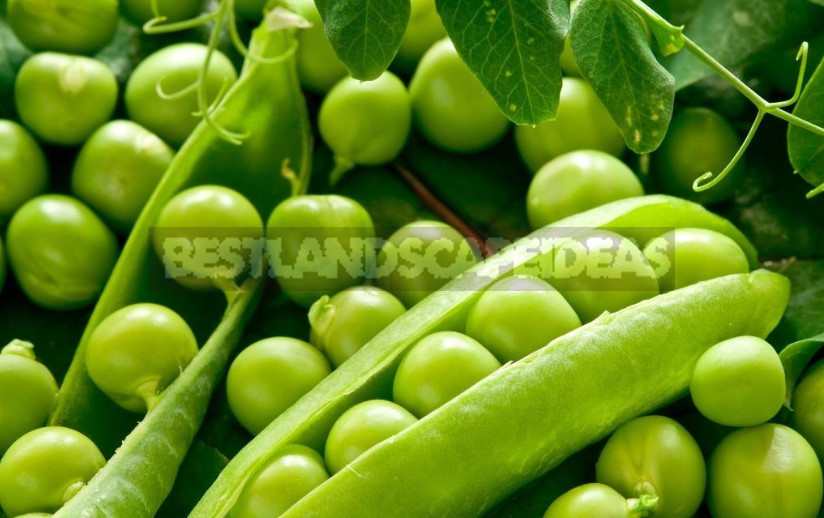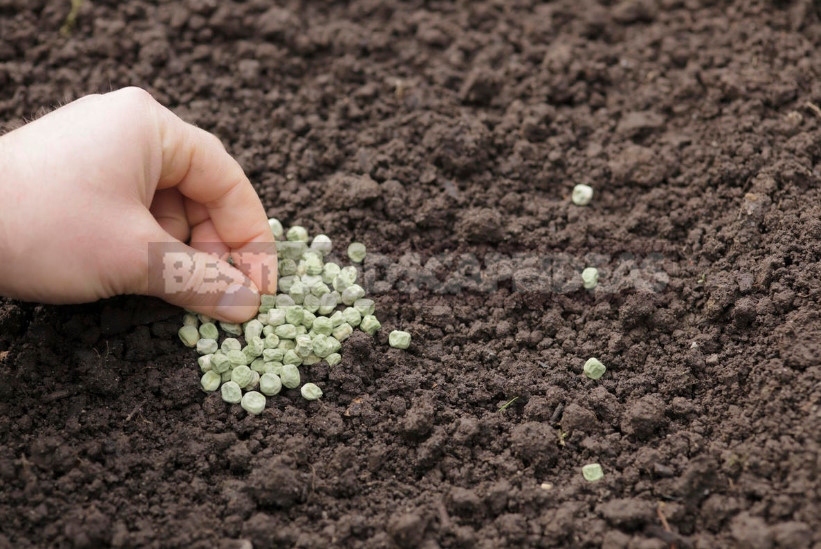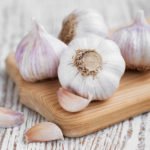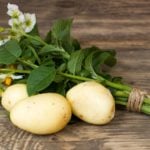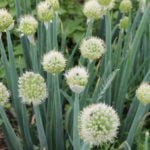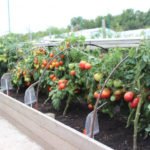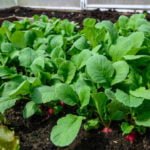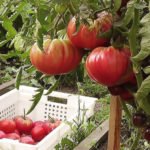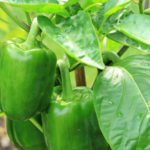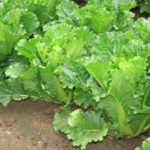As something historically, that peas belong to cultures cold-resistant. Of course, with tomatoes and pepper it should not be compared, here he is actually a favorite.
Let’s look at the recommendations
Reference gardener recommended to sow in early may or, if warm, at the end of April. It’s in a cold climate. In warmer areas-even in mid-March, and in a good climate and at all in the second half of February. There is a condition-to choose areas that are not threatened by flooding and flooding, where there is no high water.
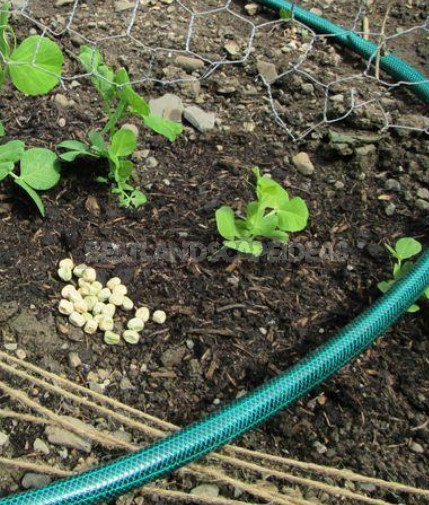
It is considered that the warmest and most sheltered places, the peas will rise together, because the soil there quickly warms up to +4°C and light frosts for germination are not afraid, will stand even -5°C. we must Sow to a depth of 5-6 cm: with such thorough incorporation into the soil each seed enough water to swell and germination, but it should be one and a half times more than the weight of the seed itself.
Not so simple
The firm “Syngenta” reports that its peas of brain varieties (on a pea there are crinkles-folds) are very sensitive to such cold snap (up to -5°C) on the surface of the soil, especially during germination of seeds. Perhaps if the size of the sprout to 1.5 cm it may be damaged.
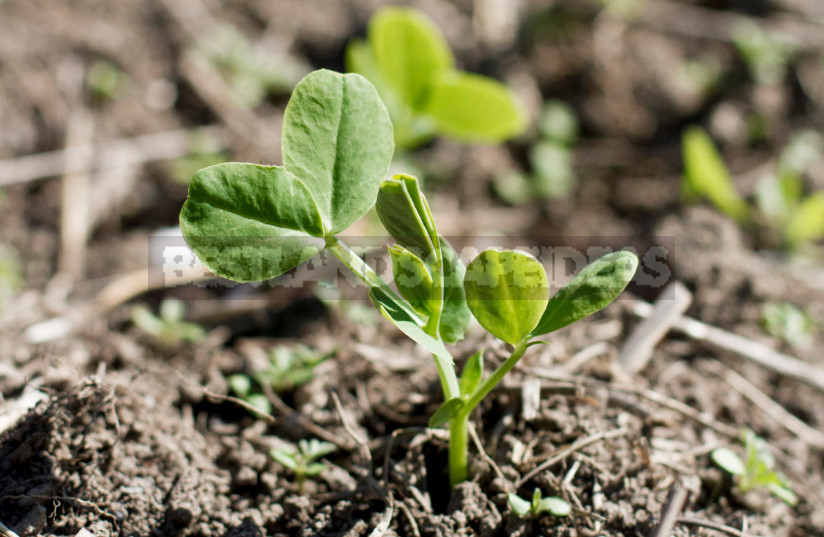
In catalogues at the description of grades the parameter of frost resistance is not specified. Although in some places come across information about some varieties. For example, the variety ‘Gloriosa’ is resistant to cold: shoots tolerate a decrease in temperature to -5°C.
What are the recurrent freezing
In some regions, where almost every four years in may, after a fairly long warm period (when the soil warmed well, and the peas are already sown), frosts come. And not a single visit is made: sometimes a week or two every night visit. On the ground, a thick crust is formed, the leaves on the Manchurian nuts freeze, even perennial weeds that have not gained strength also freeze. Even such a decrease in temperature (in fact, -10°C – this is frost) is habitually called return frosts.
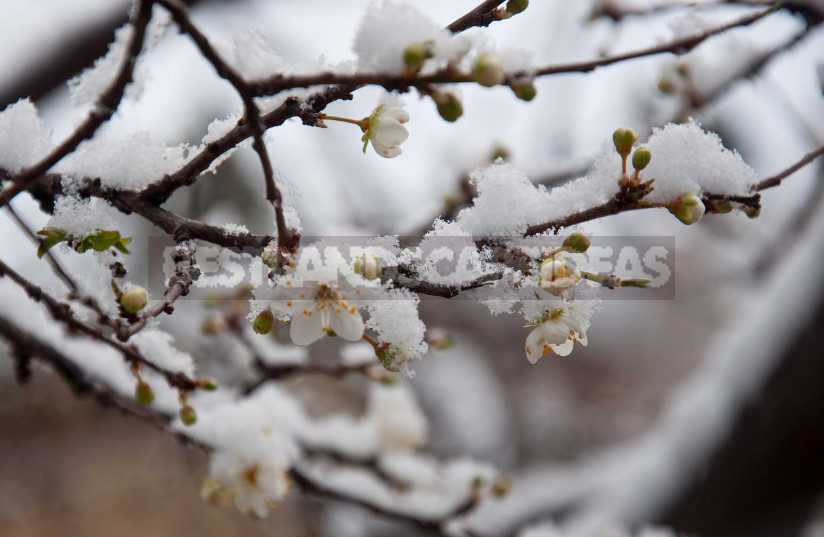
This cold is fatal to peas. So I think: is it really necessary so early to sow it? Maybe you should listen to the words of the author of the book “home garden”: “for the germination of peas, the best temperature is about +16…+18°C, and for subsequent growth +15…+20°C. this is a weather guarantee.»
Weather is different
Good gardeners with a strong and long-lasting late summer and autumn rains when the soil is wet so that it is difficult to absorb moisture, with snowy winters, when the snow laid above the rooftops. What about the southern regions? There it is necessary to protect every spring day, otherwise the moisture will leave the soil. There every day delay is undesirable, because peas do not like heat. The solution was found as follows: experts have created varieties of winter peas.

About winter peas
Such varieties are in France, in Austria-they have warm winters. However, such varieties have high winter hardiness: survives the winter if the winter barley or oilseed rape, and peas will survive. The main thing-not just in the coldest time to put the seeds in the ground. It is necessary that the peas started to grow (like winter wheat), but in the winter the greens can freeze. The best sowing time is calculated by the ability of plants to give time to the cotyledon or first true leaf.
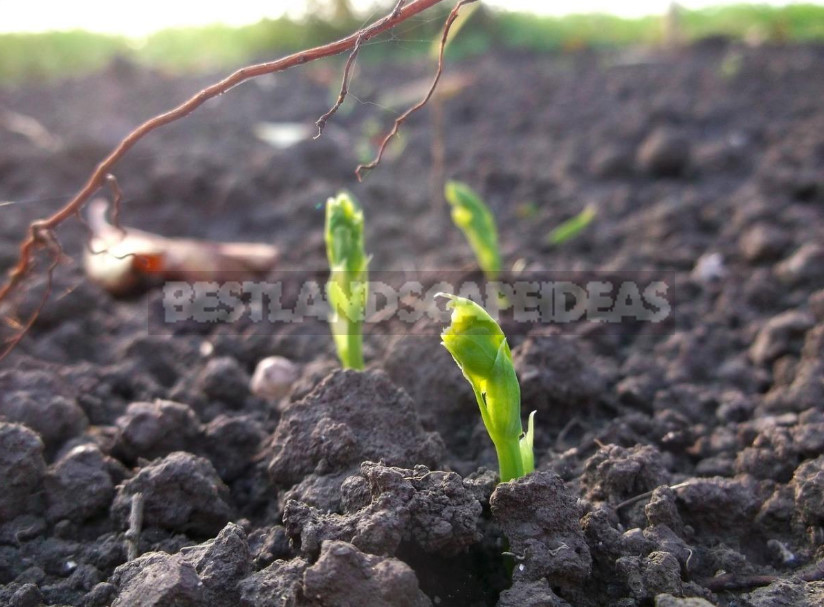
Spring growth will begin from underground kidneys. The harvest is higher than that of conventional varieties, and it Matures earlier.
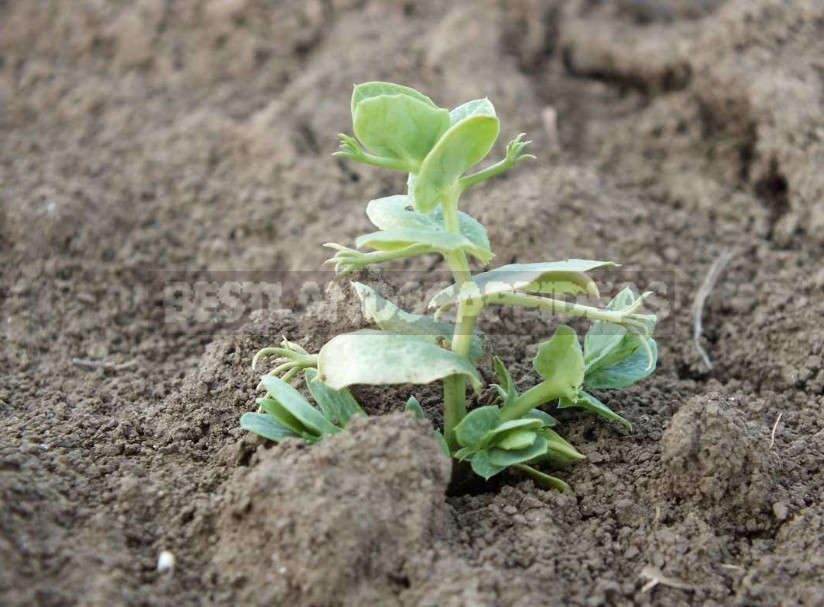
Who benefits grow overwintering peas
Such peas are good for farms, for large agricultural enterprises: such varieties help them to use the machine Park more efficiently.
But for ordinary fans, peas, it also interesting.
